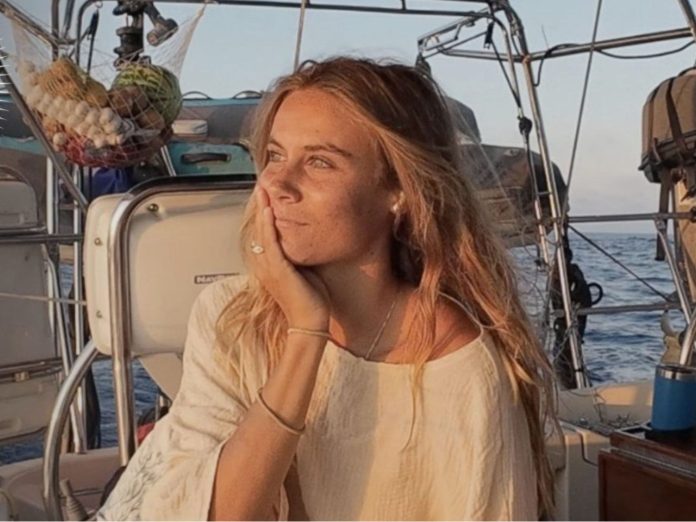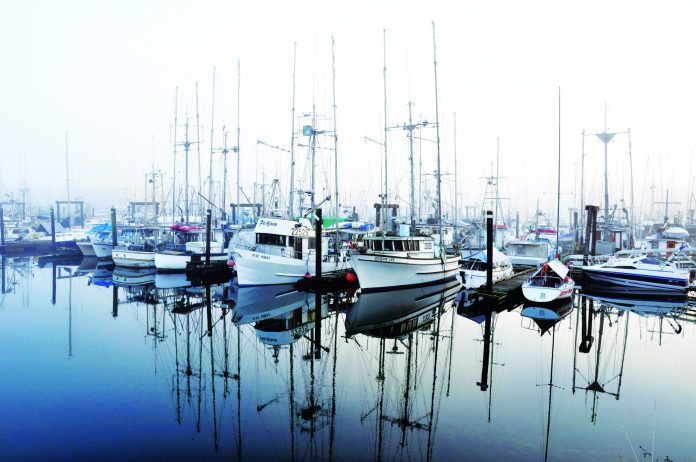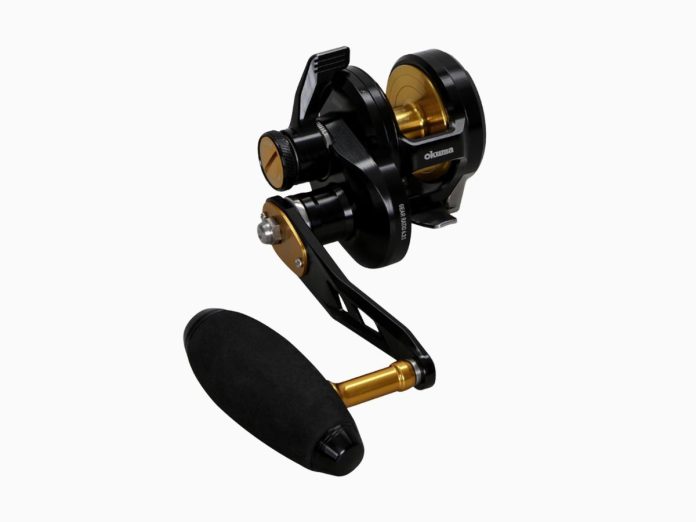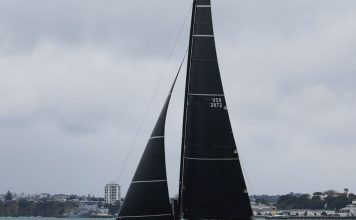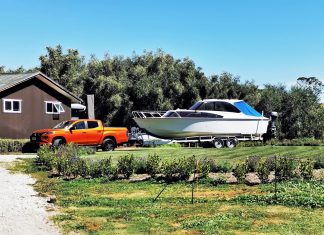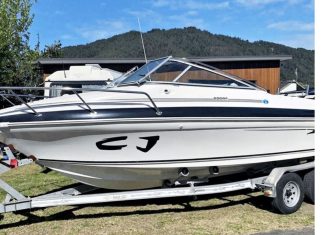The other week, Sea People Live welcomed Lauren Landers for an uncut hour of questions and stories about one of sailing’s greatest challenges: a solo Pacific crossing. Lauren, originally from landlocked Missouri, has sailed thousands of solo miles and recently completed the 4,080-mile passage from Panama to the Marquesas—28 days alone at sea, with only Mako the cat for company.
The podcast dives into the practicalities and the psychology of going it alone. From preparing the boat and provisioning for more than a month offshore, to keeping safe and sane with no crew, Lauren is refreshingly candid about both the highs and the struggles.
Prepping the boat and the mind
Before casting off, Lauren rebuilt and serviced nearly every system aboard. She walked the boat “bow to stern, masthead to keel,” anticipating what might break and carrying spares accordingly. Provisioning wasn’t just about canned goods: she planned meals around what would spoil first, froze curries and stews, and rationed fresh fruit. She admits anxiety was constant in the lead-up, but says reminding herself “the boat is in the best condition it’s ever been” helped keep nerves in check.
Staying safe and connected
Lauren routes all sail controls to the cockpit, clipping in with a harness whenever she has to step on deck. She invested in a Hydrovane self-steering system, which she says outperformed her autopilot and gave her confidence. Starlink changed her offshore life too, letting her call home, download weather, or simply chat when loneliness crept in—though she sometimes missed the forced disconnection of earlier trips.
Routines, storms, and sanity
Coffee every morning, midday showers, and a glass of champagne at key milestones kept her grounded. She learned to manage sleep in 20-minute bursts, stretching longer once clear of shipping lanes. Squalls still terrify her—“the boat can handle more than I can”—but she stresses the importance of reefing early and trusting the vessel.
The cat crew
Mako, her feline companion, wears a harness at sea and even has his own ditch bag with food, litter box, and tuna. Lauren regularly practices “cat overboard” drills so he knows how to climb back aboard.
Lauren’s story is one of resilience, humour, and smart seamanship. You can watch the full conversation on YouTube via the Sea People blog.








